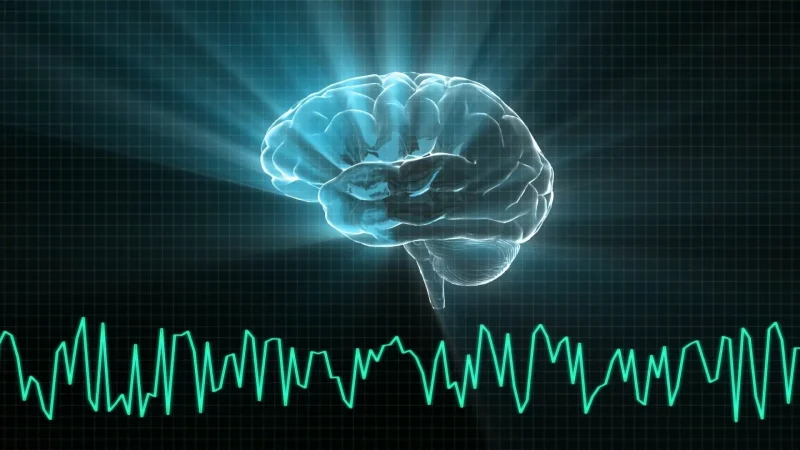Neuphony Research Team | Published on October 5, 2024 | 6 Mins Read

“Brain wave tests prove that when we use positive words, our “feel good” hormones flow. Positive self-talk releases endorphins and serotonin in our brain, which then flow throughout our body, making us feel good. These neurotransmitters stop flowing when we use negative words.” – Ruth Fishel
Our thoughts are communicated through neurons, which form electrical pulses and signals. Millions of signals interact, producing electrical activity in the brain, leading to brain waves that can be detected by measuring electrical activity near the scalp. This activity, referred to as brain waves, resembles waveforms due to their shape and nature.
Brain waves during sleep can be detected using an electroencephalogram (EEG), a sensor placed on the scalp to monitor brain activity.
Electroencephalography (EEG) is a monitoring method used to record the brain's electrical activity. Noninvasive electrodes are placed along the scalp, although invasive ones can be used in certain cases. EEG measures voltage fluctuations that arise from ionic currents within neurons.
EEG is primarily used to diagnose epilepsy by identifying abnormalities in brain activity. Other conditions that can be diagnosed via EEG include sleep disorders, depth of anesthesia, encephalopathies, and brain death. Historically, EEG was used to diagnose tumors, strokes, and focal brain disorders. However, it remains a valuable tool in research due to its millisecond-range temporal resolution.
The frequency of brain waves correlates with the brain's attention span. For instance, the lowest frequency, Delta state, occurs during deep sleep, while the highest frequency, Gamma state, occurs during heightened awareness.
Brain waves operate within a frequency spectrum of 1Hz-100Hz, which is divided into five main types:
Discovered by Hans Berger, Alpha waves originate from the occipital lobe and bridge the conscious and subconscious minds. These waves are linked to a pleasant feeling and relaxed wakefulness. During meditation, Alpha waves aid mental coordination and calmness, but they can be blocked by excessive Beta wave activity under stress. Their frequency range is 8 to 12 Hz.
Beta waves signify alertness and logic, generated when the brain is highly active. These waves, which have low amplitudes and high frequencies, are further divided into:
Associated with processing sensory stimuli and learning, Gamma waves have the highest frequency (>30Hz) and rapidly transmit information. These waves are often supported by Alpha, Theta, and Delta waves.
Theta waves are connected to spirituality, memory, and visions. They also play a role in restorative sleep and short-term memory. Their frequency ranges from 4 to 8 Hz.
Delta waves (1-4 Hz) are dominant in infants and decrease with age. A proper balance of Delta waves is associated with reduced anxiety, improved sleep, and relief from headaches. Delta wave activity declines throughout life, almost disappearing by the age of 75.
Brain wave patterns reflect a person's emotional and physical health, and imbalances can lead to conditions like OCD, panic attacks, migraines, and more. Two main conditions of brain wave instability are:
Brain wave sensors are essential for detecting and analyzing brain wave frequencies.
“I believe that there is a direct parallel between the condition of your body and the condition of your brain. When you release the stiffness in your body, you are also creating flexibility in your brain. You become the instinctive spontaneous healer of your own body and mind.” – Ilchi Lee, Brain Wave Vibration: Getting Back into the Rhythm of a Happy, Healthy Life